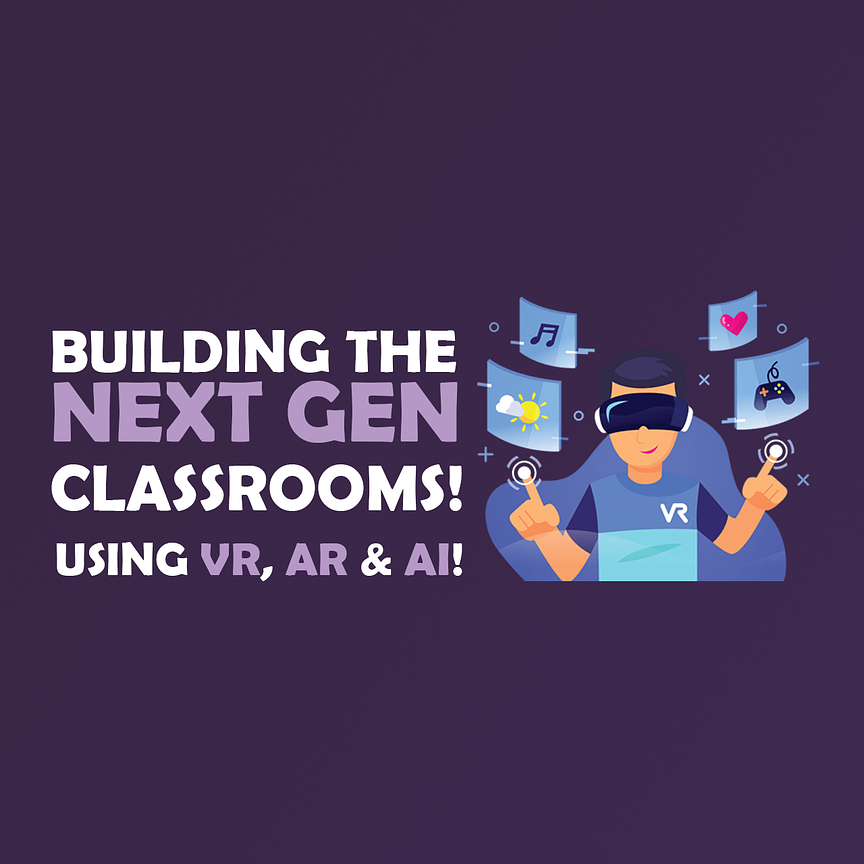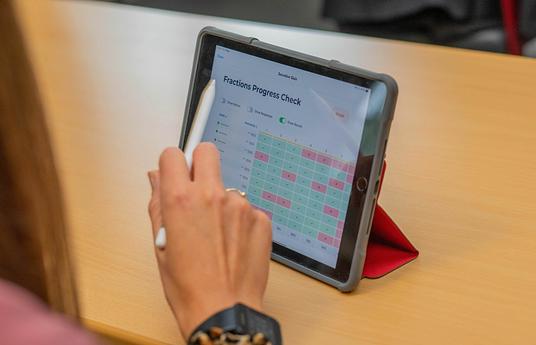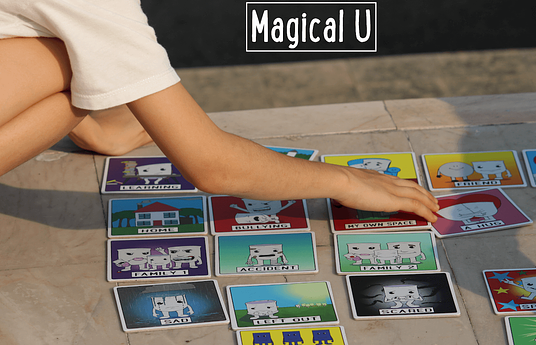Difficulty in keeping my focus on the blackboard was one of the key challenges I faced during my childhood education. And while I graduated from school, the challenge remained for millions of students who came after me. It got further exacerbated by Covid-19 as home environments can often have even more distractions. So we set out to solve this challenge by making lessons more immersive!
A 2020 research conducted at University Of South Australia for school going students concluded that students educated with VR scored, on average, roughly 7% higher than the control group. Numerous other studies have come to similar conclusions since. It is well established that VR can significantly improve learning outcomes and information retention.
However, integrating VR in education does not come without its challenges. First of all, decent content at reasonable licensing fee is hard to find. Even when it is available, schools are often hesitant in adopting it due to equipment costs. Google Cardboard was the first major leap in lowering equipment cost, but in emerging markets, majority of smartphones can't even support cardboard due to lack of gyroscope sensor.
To solve these issues, we are building a library of content (in-house + open source ) along with a cardboard VR app that supports external Arduino based gyroscopes, thus eliminating the need for upgrading the smartphone.
Since December 2021, we have held several on-site VR screenings of our educational experiences in partnership with local communities and organizations. Additionally, we have started releasing snippets from the longer experiences as open source mini-lessons via Youtube, VeeR and DeoVR. Teachers can incorporate in these into class activities for free or students could view on their own. The videos have gathered hundreds of views with engagements only trending upwards.
We are also in talks with our city's Planetarium to establish permanent VR exhibits on their premises. We have presented our solutions at several exhibitions and gotten encouraging feedback from public, including members of legislative assemblies, high ranking officials from education department and 2 provincial ministers.
For organizations looking to integrate VR in their curriculum:
cosmica@vivid-labs.com
+92-314-2954669
Individuals can try out some of our content for FREE via youtube channel: https://www.youtube.com/channel/UCpVAyajwDiNDfgM2r549PKQ
The content is best viewed from a VR headset such as Meta Quest/HTC Vive. If thats not available, a gyroscope enabled smartphone with cardboard VR box works too.



